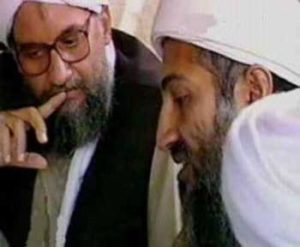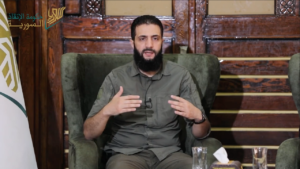Today we continue our look at a Kuwaiti cell and how its members transitioned from forum fighters to foreign fighters. When we left off, Badr al-Harbi and Bawasil had returned to Kuwait from the front in Afghanistan via Iran, entrusted with a special mission by Abu al-Layth al-Libi, a senior al-Qaeda leader. They were delayed in carrying out their task by Iranian, and then Kuwaiti, security forces. The latter, according to al-Furqan al-Junubi’s account, had tortured them and confiscated their passports. After being released, Harbi and Bawasil stayed in Kuwait a full year to complete their special mission: gathering money, clothes, and food for the Jihadis in Afghanistan. In this, they relied on their network of friends, many of whom were already committed to the cause. Yet Harbi and Bawasil’s efforts aroused the suspicions of other Jihadis, who wrote the brothers in Afghanistan and told them that they were spies.




